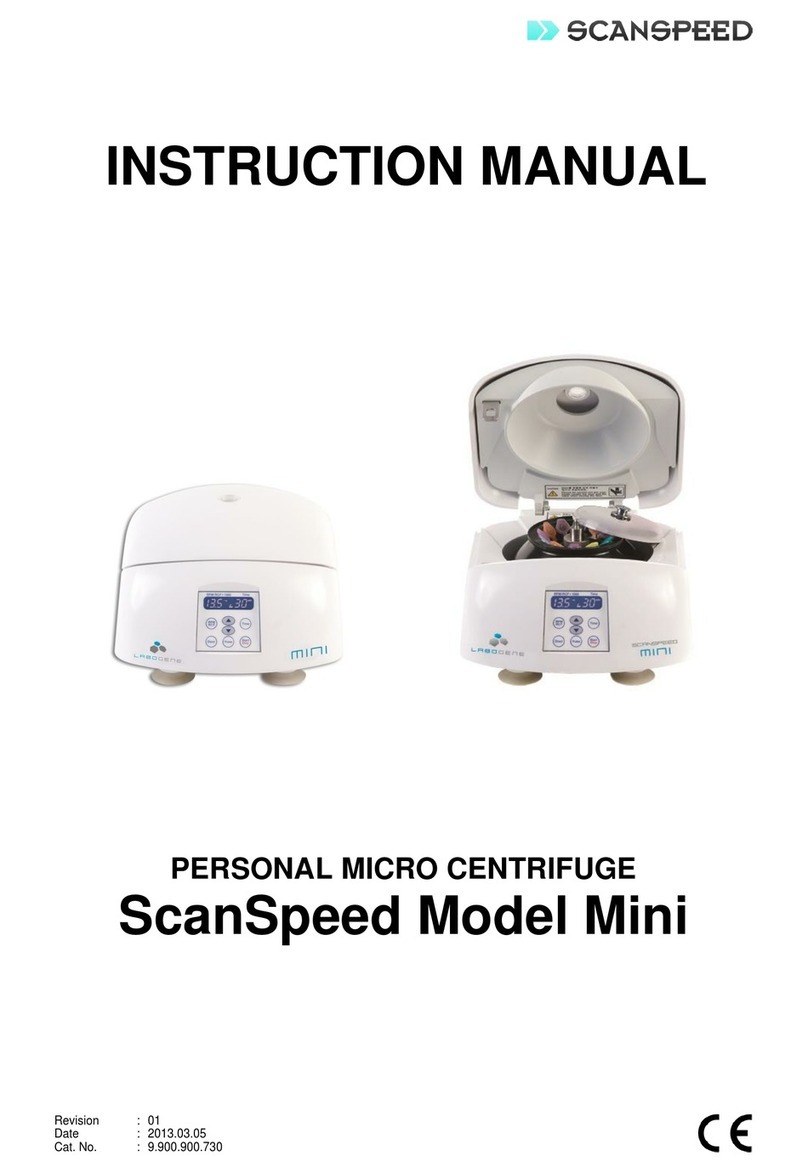
Micro Centrifuge, mini – Service manual
2
CONFIDENTIAL
Table of contents
1 Operating Instruction ...............................................................................................................4
1.1 About this manual..............................................................................................................4
1.2 Safety label and precaution .............................................................................................4
1.2.1 Safety Label .............................................................................................................4
1.2.2 Safety Precautions..................................................................................................5
2 Installation ..................................................................................................................................6
2.1 Unpacking ........................................................................................................................6
2.2 Location ............................................................................................................................6
2.3 Supply the power ...........................................................................................................6
2.4 Power On and opening front door .............................................................................6
3 Device Information....................................................................................................................8
3.1 Special qualities ..............................................................................................................8
3.2 Technical Specifications.................................................................................................8
3.3 Outer Description ...........................................................................................................9
3.4 Operating Function of Control Panel..........................................................................9
3.5 Operating System ........................................................................................................ 10
3.6 Controller Board .......................................................................................................... 11
4 Disassembling ......................................................................................................................... 12
4.1 Rotor and Door assembly ........................................................................................ 12
4.2 Case Top ........................................................................................................................ 12
4.3 Main Controller Board ................................................................................................ 13
4.4 Display Controller Board ............................................................................................ 13
4.5 Motor assembly and Anti-vibration rubber............................................................ 14
4.6 RPM Sensor assembly................................................................................................. 14
4.7 Door lock assembly and Door Sensor ..................................................................... 15
5 Service Mode........................................................................................................................... 16
5.1 Transition into service mode..................................................................................... 16
5.2 Handling values............................................................................................................ 16
6 Error code and Troubleshooting ....................................................................................... 16




























